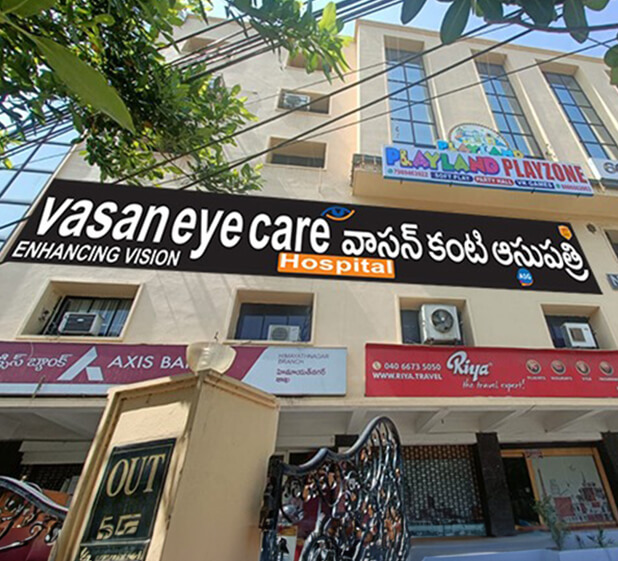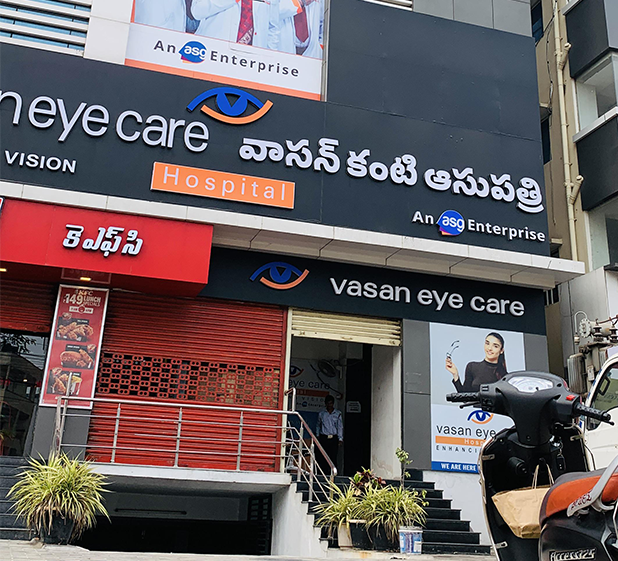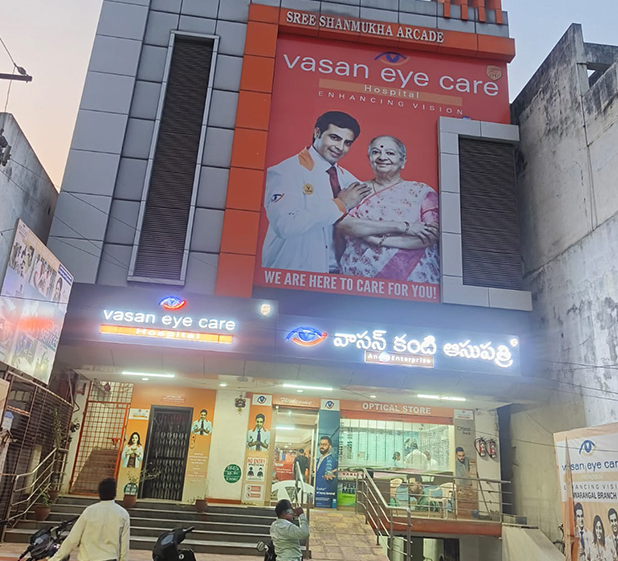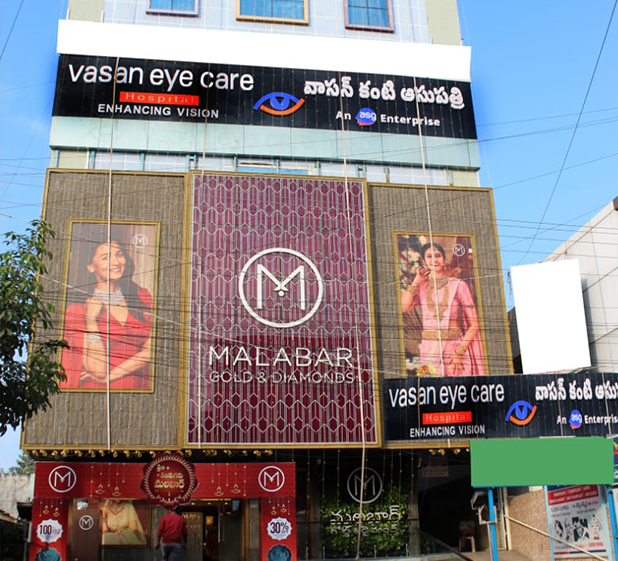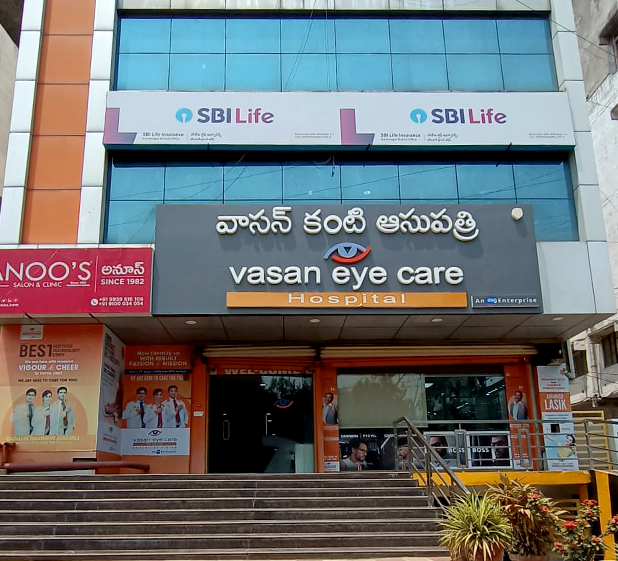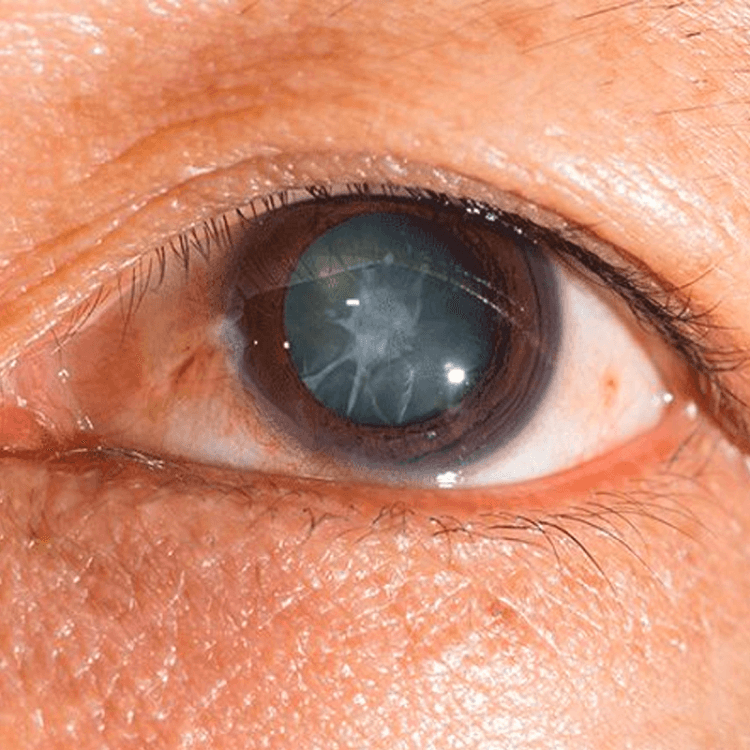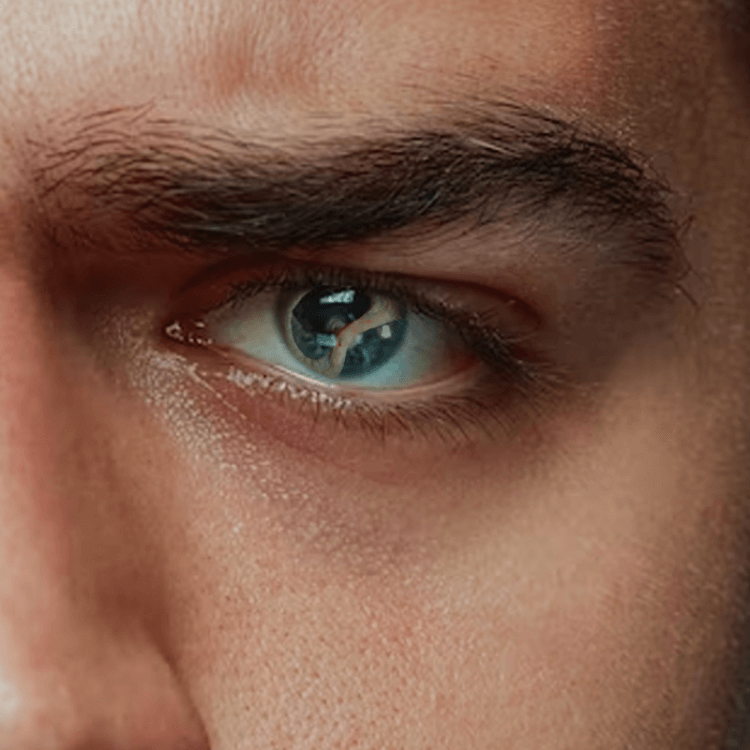
Posterior Subcapsular Cataract
What is a Posterior Subcapsular Cataract?
A Posterior Subcapsular is a type of cataract that begins as a small spot near the back of the lens, impacting reading, reducing vision in bright light and causing glare and halos around lights at night.
Symptoms
Common symptoms of Posterior Subcapsular Cataract
Posterior subcapsular cataracts develop rapidly compared to other types, so it’s crucial to watch out for symptoms like:


Glare and halos, especially when exposed to bright lights, like headlights at night

Defective near vision

Double vision
Risk Factors
Who are at risk of getting Posterior Subcapsular Cataract
Treatments Available
Here’s how our experts treat it
At Vasan, we perform surgery to treat Posterior Subcapsular Cataract:
Phacoemulsification
Phacoemulsification surgery involves using an ultrasonic probe to break up the cataract and remove the lens material through a small incision (2-3mm). A foldable intraocular lens (IOL) is implanted in the eye, restoring clear vision.
FAQs
Posterior Subcapsular Cataracts are diagnosed through slit-lamp and ophthalmoscopic examinations.
Maintain strict blood sugar control. Protect the eyes from blunt trauma and avoid long-term steroid use.
Posterior Subcapsular Cataracts are commonly linked to ageing but can also result from factors like trauma, corticosteroid use, radiation exposure, heavy alcohol consumption, and inflammation.
It typically impacts reading vision and can reduce clarity in bright light, causing glare or halos around lights at night. These cataracts tend to progress faster than others.
Other Diseases
Know more about other Eye Diseases
Rosette Cataract
Rosette Cataract is a form of traumatic cataract caused by either blunt force trauma or penetrating eye injury.
Traumatic Cataract
Traumatic Cataract is the clouding of the lens due to eye trauma, either blunt or penetrative, which damages the lens fibres.
Cataract
Cataracts occur when the eye's natural lens becomes cloudy, causing vision to blur like looking through a foggy or dusty car windshield.

